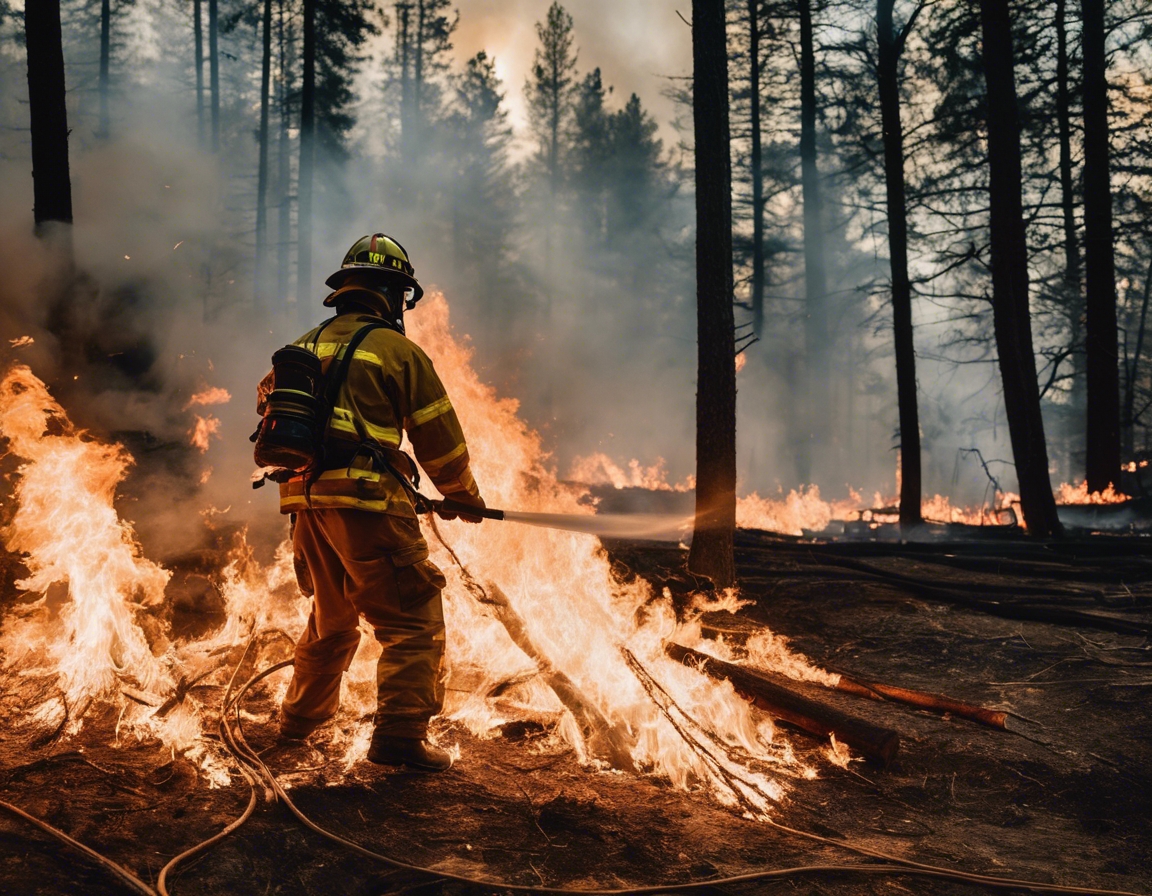The art of thinning: balancing growth and health in your forest
Thinning is a forest management practice that involves the selective removal of trees to improve the health and productivity of a forest. By reducing competition for resources such as light, water, and nutrients, remaining trees are given the space to grow stronger and healthier.
Thinning is crucial for maintaining a forest's vitality. It prevents overcrowding, reduces the risk of disease and pest infestations, and can help control the spread of wildfires by removing potential fuel.
The Process of Thinning
Foresters assess forests to determine the appropriate time and extent of thinning. This involves evaluating tree density, health, species composition, and the forest's overall objectives.
There are various thinning methods, including mechanical thinning, which uses heavy machinery, and manual thinning, which relies on chainsaws and hand tools. The choice of method depends on the forest's characteristics and management goals.
Thinning should be carried out at intervals that align with the forest's growth cycles and management objectives. The timing is critical to maximize the benefits and minimize any negative impacts on the ecosystem.
Benefits of Proper Thinning
Thinning promotes vigorous growth among the remaining trees, leading to higher-quality timber. It also allows for the selection of the best specimens for future harvests.
A well-thinned forest is less susceptible to environmental stresses, such as drought or disease, and is better equipped to recover from disturbances.
By creating a more varied forest structure, thinning can enhance habitat diversity, supporting a wider range of wildlife species.
Thinning and Sustainable Forest Management
Thinning should be part of a comprehensive forest management plan that considers long-term sustainability and productivity.
By improving forest health and promoting carbon sequestration, thinning can contribute to climate change mitigation efforts.
Foresters must navigate various regulations and adhere to best practices to ensure that thinning is conducted responsibly and effectively.
Challenges and Considerations in Forest Thinning
Thinning operations must be carefully planned to protect soil, water, and wildlife. Environmental impact assessments can help mitigate potential negative effects.
Advancements in technology are making thinning more efficient and less disruptive to the forest ecosystem.
While thinning can be costly, it is an investment in the forest's future productivity and health. Operational planning is essential to ensure cost-effectiveness and safety.






Comments (0)